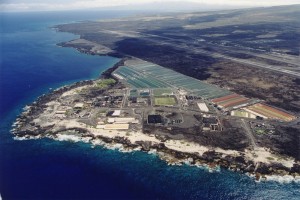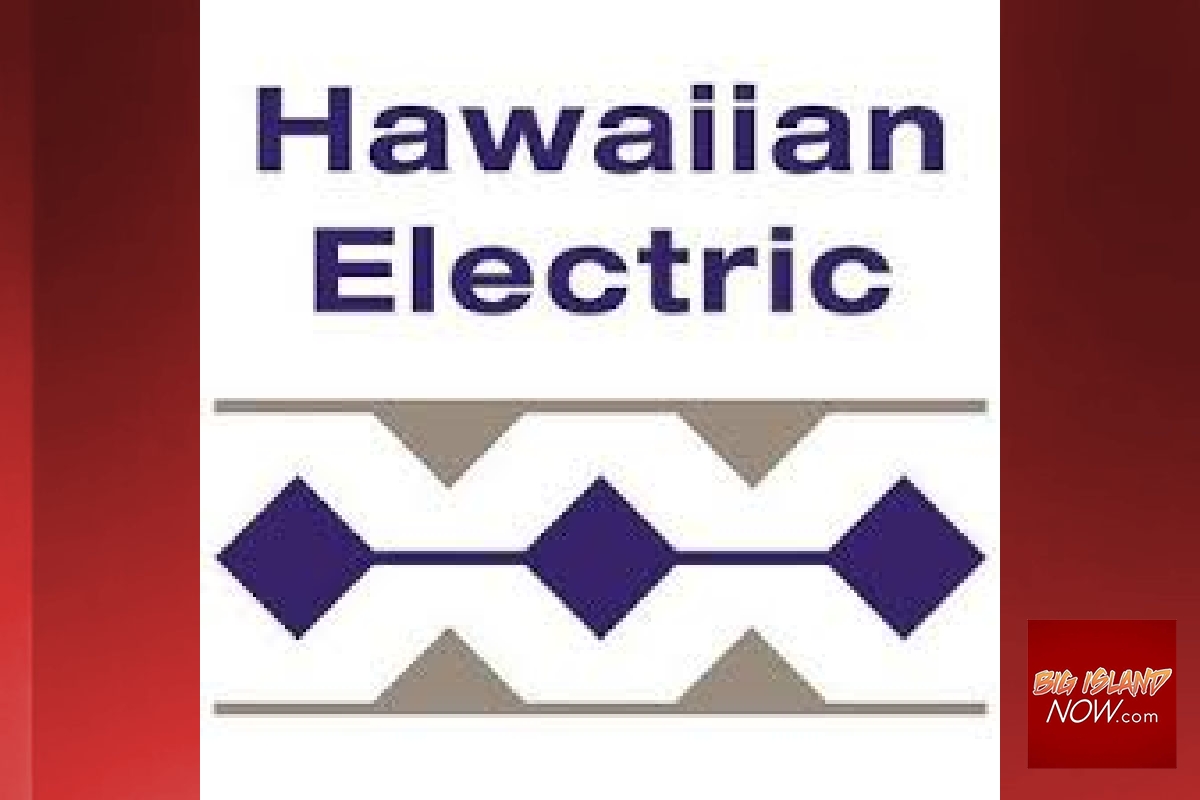Renewable Energy Storage System to be Installed at NELHA

An aerial view of the National Energy Laboratory of Hawai‘i Authority at Kona’s Keahole Point. DBEDT photo.
The Natural Energy Laboratory of Hawaiʻi Authority’s (NELHA) Hawai‘i Ocean Science and Technology Park (HOST Park) in Kona will be outfitted with an advanced vanadium energy storage system (ESS) later this year.
The 100kW/500kWh ESS, made by UniEnergy Technologies (UET), will be operational at the facility in early 2018 to support electrical grid stability on Hawai‘i Island and provide energy storage as more renewable energy sources are integrated.
With regular maintenance, vanadium flow batteries can last 20 years longer than lead acid or lithium-ion batteries. They operate in hot weather without much need for cooling to optimize performance.
Hawai‘i Electric Light Company (HELCO), UET and NELHA–which administers HOST Park, a facility supporting the research and development of renewable energy systems–are partners in the project.
“This effort builds upon the various initiatives by the County of Hawai‘i, Hawai‘i Electric Light Company, U.S. Department of Energy’s Office of Electricity, Sandia National Laboratories and NELHA to partner, share resources, and attract companies interested in testing and evaluating energy storage systems on the Island of Hawai‘i,” said Gregory Barbour, NELHA executive director. “NELHA is very grateful to Dr. Imre Gyuk, Director of the U.S. DOE energy storage program, for his very strong support and guidance to formulate this project.”
As of 2017, more than 56 percent of the energy generated on Hawai‘i Island comes from renewable sources including solar, wind, hydroelectric and geothermal. Integrating these increasing sources of renewable energy into the existing electrical grid is challenging.
“Electricity from renewable resources is produced when the resource is available and not necessarily when it’s needed,” said Jay Ignacio, Hawai‘i ELectric Light president. “To maintain grid stability and prevent an oversupply situation, it’s critical that we have the tools to control and balance the energy supply with customer demand. Energy storage is one of several solutions we’re considering. This partnership allows us to test a variety of applications for current and future renewable energy interconnections while maintaining high standards of safety and reliability.”
The ESS installation is funded in part by Ulupono Initiative, the U.S. Department of Energy Office of Electricity, and Hawai‘i Electric Light. NELHA is providing the land and will connect the ESS to its data acquisition system.
“The more installations we have of various energy storage technologies, the more we learn and disseminate,” said Dan Borneo, Sandia National Laboratories’ ESS demonstration program lead. “This will help the energy storage industry proliferate.”















